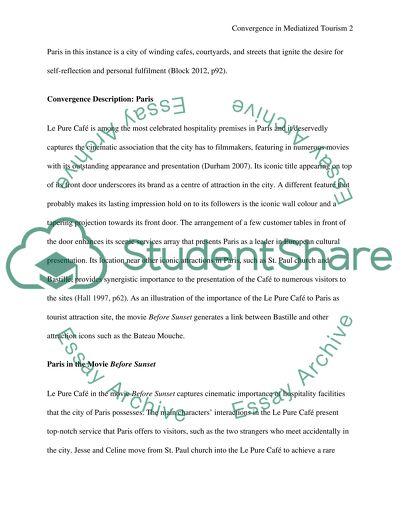Cite this document
(“Convergence in Mediatized Tourism: So What Research Paper”, n.d.)
Convergence in Mediatized Tourism: So What Research Paper. Retrieved from https://studentshare.org/tourism/1456457-convergence-in-mediatized-tourism-so-what
Convergence in Mediatized Tourism: So What Research Paper. Retrieved from https://studentshare.org/tourism/1456457-convergence-in-mediatized-tourism-so-what
(Convergence in Mediatized Tourism: So What Research Paper)
Convergence in Mediatized Tourism: So What Research Paper. https://studentshare.org/tourism/1456457-convergence-in-mediatized-tourism-so-what.
Convergence in Mediatized Tourism: So What Research Paper. https://studentshare.org/tourism/1456457-convergence-in-mediatized-tourism-so-what.
“Convergence in Mediatized Tourism: So What Research Paper”, n.d. https://studentshare.org/tourism/1456457-convergence-in-mediatized-tourism-so-what.


